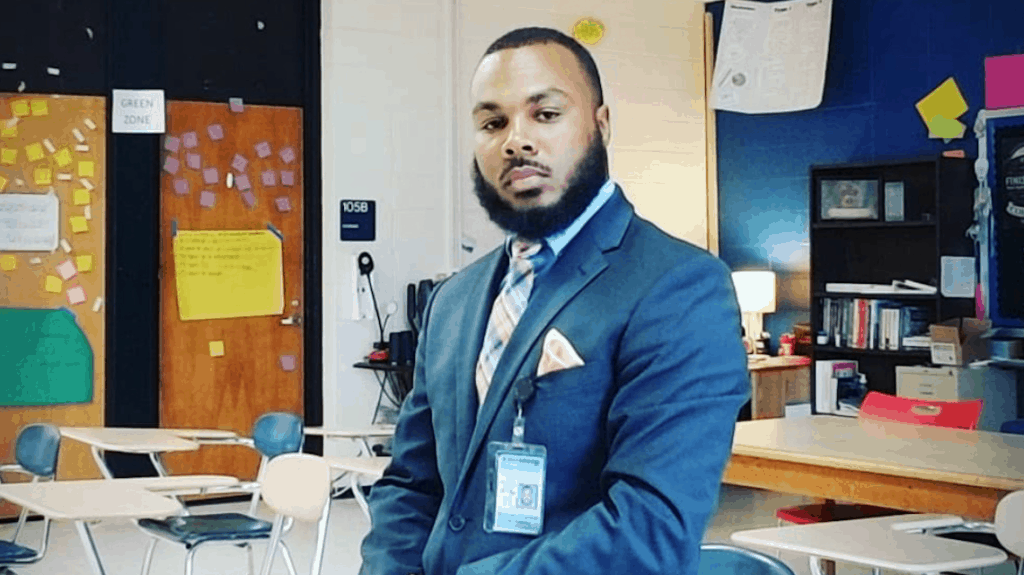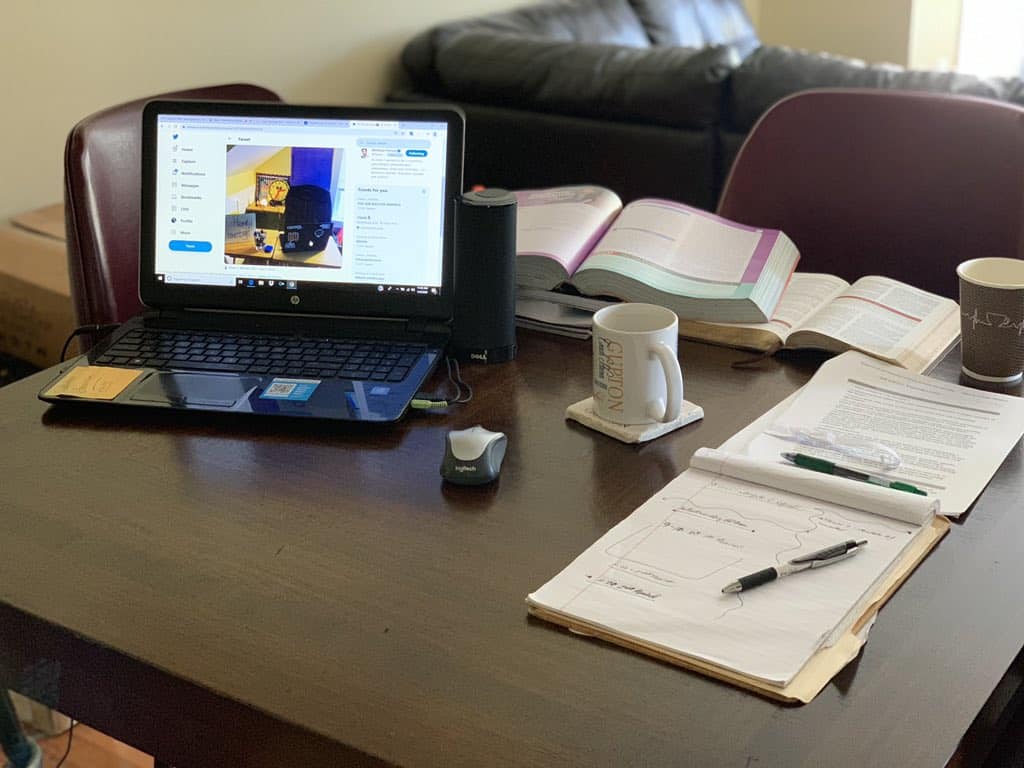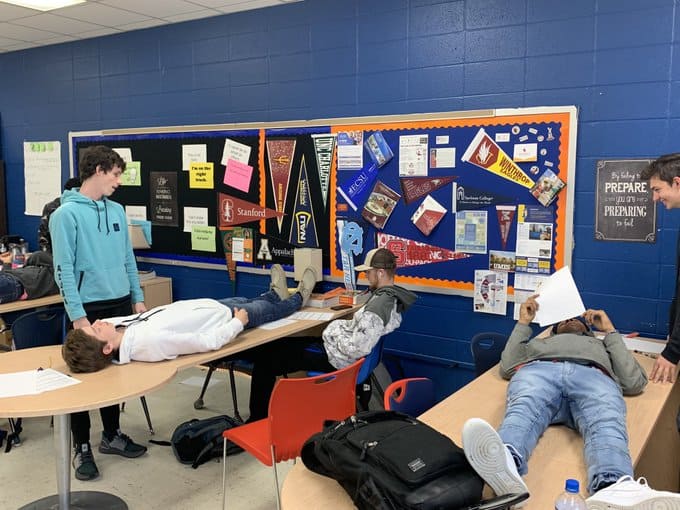
For Steven Gupton, the choice to transform from student to teacher at Louisburg High School might have taken several years, but it wasn’t a difficult decision. Now, years later, he teaches several career and technical education (CTE) classes at his alma mater, including an EMT basics course. Gupton is an active EMT himself, which allows him to bring field knowledge into his classroom.
I recently spoke with Gupton for an episode of EdNC’s latest podcast series — Hope Starts Here. We spoke about his journey becoming a teacher and the challenges he and many of his students and colleagues are facing with access to broadband and Wi-Fi in their rural community. You can listen to the episode featuring Gupton here.
When I asked Gupton why he decided to become a teacher at Louisburg High, he answered with a question.
“Why not go back to my high school to teach?”
Gupton brings his story with him into the classroom.
“I am a product of a single parent home, son of an incarcerated male, but I didn’t allow that to stop me. I carry that into my classroom and I share that with my students to let them know that they too can be whatever you pretty much put your mind to,” he said.
He said that he is constantly made aware of the equity issues that exist in his classroom. “I know sometimes the playing field is not level for all students. We have to work a little bit harder, but I do think you can, you can get there if you put your mind to it.”
The digital divide
As classes have shifted online, many students have been left behind without access to broadband or Wi-Fi.
“It’s an equity issue for a lot of our students,” said Gupton.

“The relationship piece that I built with my students in the classroom has somewhat unexpectedly disappeared, so to speak, because I can’t get in contact with them, unless I call them by phone. And a lot of time, most educators throughout the state will know that the numbers that we have in the system are not necessarily updated,” he said. “I have lost contact with some students. I can’t get them to respond to email. And I have some who just can’t respond to email.”
The high schoolers that Gupton is struggling to get in contact with are the ones that he’s generally more concerned about.
“A lot of the students that I haven’t been able to talk to are the students that I’m worried about the most,” he said.
For now, Gupton is relying on his presence in the community to ensure that he can check on his students.
“When I’m at the grocery store, I may run into a student who’s working and I’m able to speak to that student, or, you know, I’m out on the ambulance and we go out for dinner or something like that, to grab something and come back really quickly, I may run into a pair.”
But as far as students having access to a means of virtual communication at their home, Gupton explains that it’s often not their choice.
“It can boil down to the grandmother needing her medicine for her cardiovascular diseases or food on the table. You know, [they] don’t have the money to pay for Internet service here,” he said.
And it’s not just students that struggle with access to broadband.
Teaching off of a hot spot
There are numerous teachers across the state that don’t have Wi-Fi or broadband at home. Gupton is one of those teachers.
“I normally use my cell phone as a hot spot. And I’m able to do all of my work the way that I want to,” he said. “I’ll maybe respond to an email or two from home. I may complete an assignment online and it’s no big deal. Maybe 30-45 minutes a day. If that, maybe two, three hours a week, but not too bad.”
“Now that I’m home and we’re working from home, you know, I’m expected to be available for students from 8-4. Well, running a hot spot from 8 to 4 is not very ideal.”
Right next door, about 500-feet from where Gupton lives in Franklin County, his neighbor just got high speed internet installed. Gupton hoped that he would be able to do the same. The internet company informed him that he could, but not without a steep price.
“They said ‘No, because you’re more than 500 feet away from the actual box and you’re not eligible to have it unless you pay us a $7,000 construction fee,’” he said. “It just boils down to the haves and the have nots.”

Gupton wakes up every day to serve, whether on the ambulance or in the classroom. When asked what he wants other teachers to know, he said “this is not your fault” and “you can’t prepare for what you don’t know.”
In his spare time, Gupton is working with a teacher in Kentucky to figure out “how [they] can speak to legislators about internet access.”
“We’re looking to do some work over the next year,” he said. “And as long as you’re fighting for children, people are going to listen to you.”


